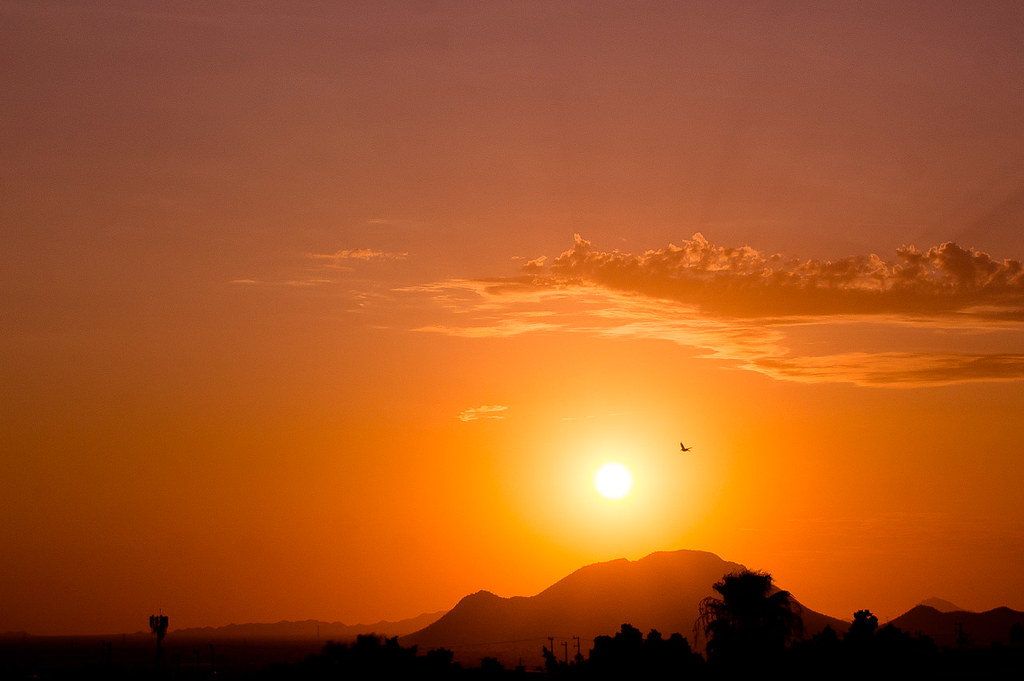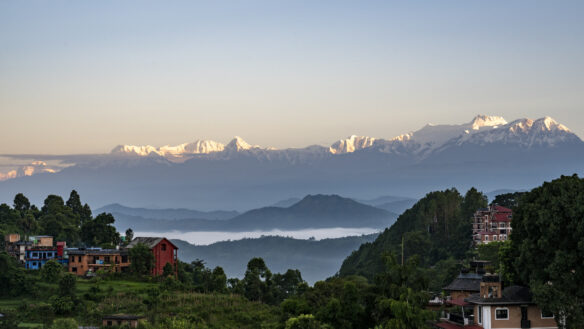Excerpt:
During the most recent heat wave, residents of the northern city of Hermosillo struggled to breathe in the scorching temperatures.
People in Hermosillo are used to the heat: Enduring scorching temperatures is a local point of pride in this northwestern Mexican city known for its blistering weather and nicknamed the “city of sun.”
But on a recent Sunday in June, temperatures reached a record high when thermometers registered 49.5 degrees Celsius, or 121 Fahrenheit.
“It was like I was being thrown balls of fire,” said Isabel Rodríguez, a gas station attendant on the road to Hermosillo. At a local fountain in the city, a father used his hat to pour water over his daughter as a reprieve from the heat.
June tends to be a rainy month in Mexico, but this year, El Niño, the global weather pattern often tied to intense heat, caused hotter, less rainy days. With temperatures above 104 degrees Fahrenheit, 23 Mexican states were under weather alerts last month. More than 110 people have died of heat-related causes this season.
In the northeastern part of the country, many schools ended classes early and others moved online to protect children from the intense heat. Cattle ranchers reported hundreds of deaths and millions of pesos in losses as their animals collapsed from heat exhaustion, unable to hydrate properly.
“It’s very atypical, and it’s due to an anticyclone,” said Dr. Christian Domínguez Sarmiento, researcher at the Institute of Atmospheric Sciences and Climate Change at the National Autonomous University of Mexico.
This phenomenon, which creates air circulation in a clockwise direction, prevents the formation of clouds and, Dr. Domínguez Sarmiento added, “allows radiation to hit directly, as the sky is completely clear and thus temperatures on the surface rise…”









